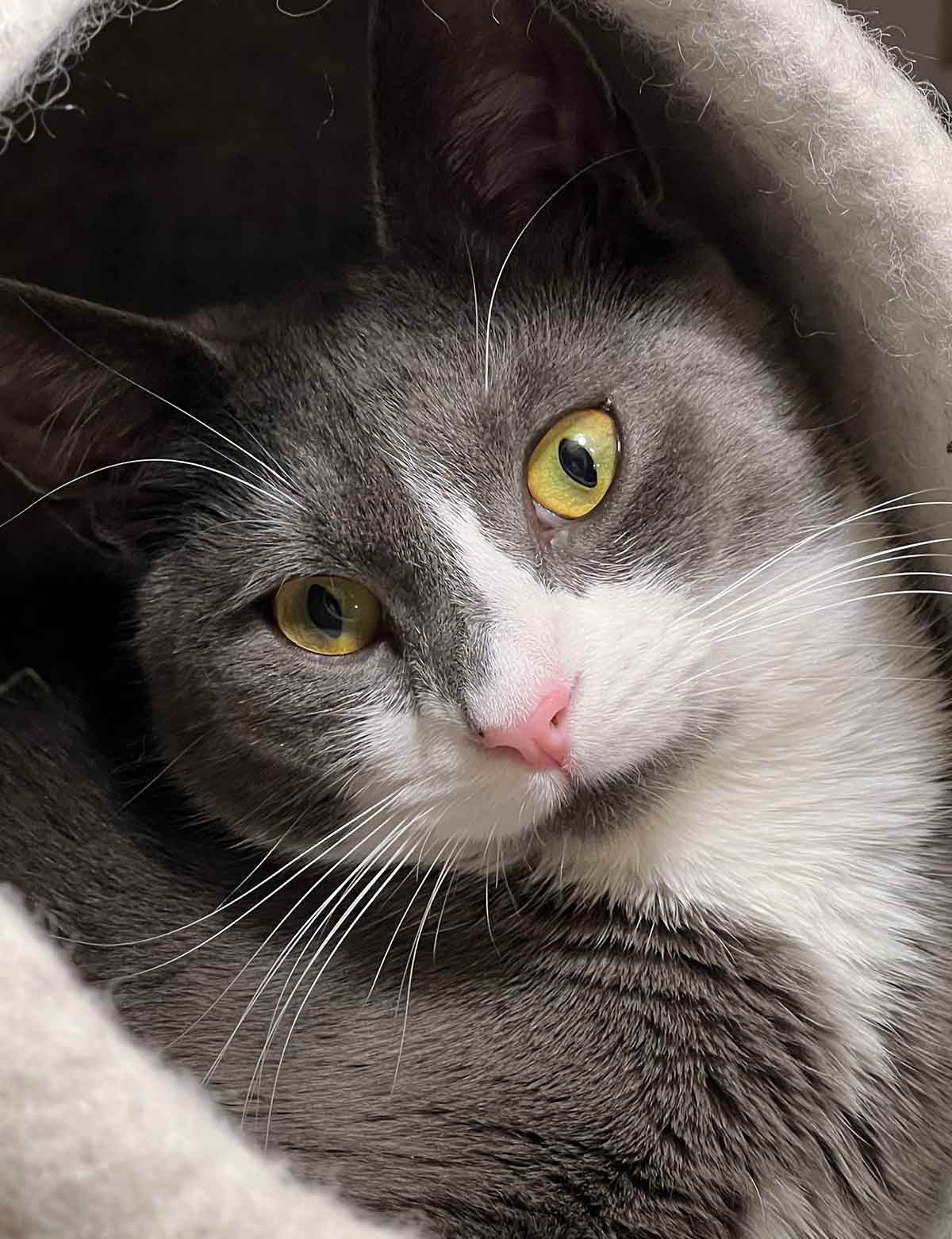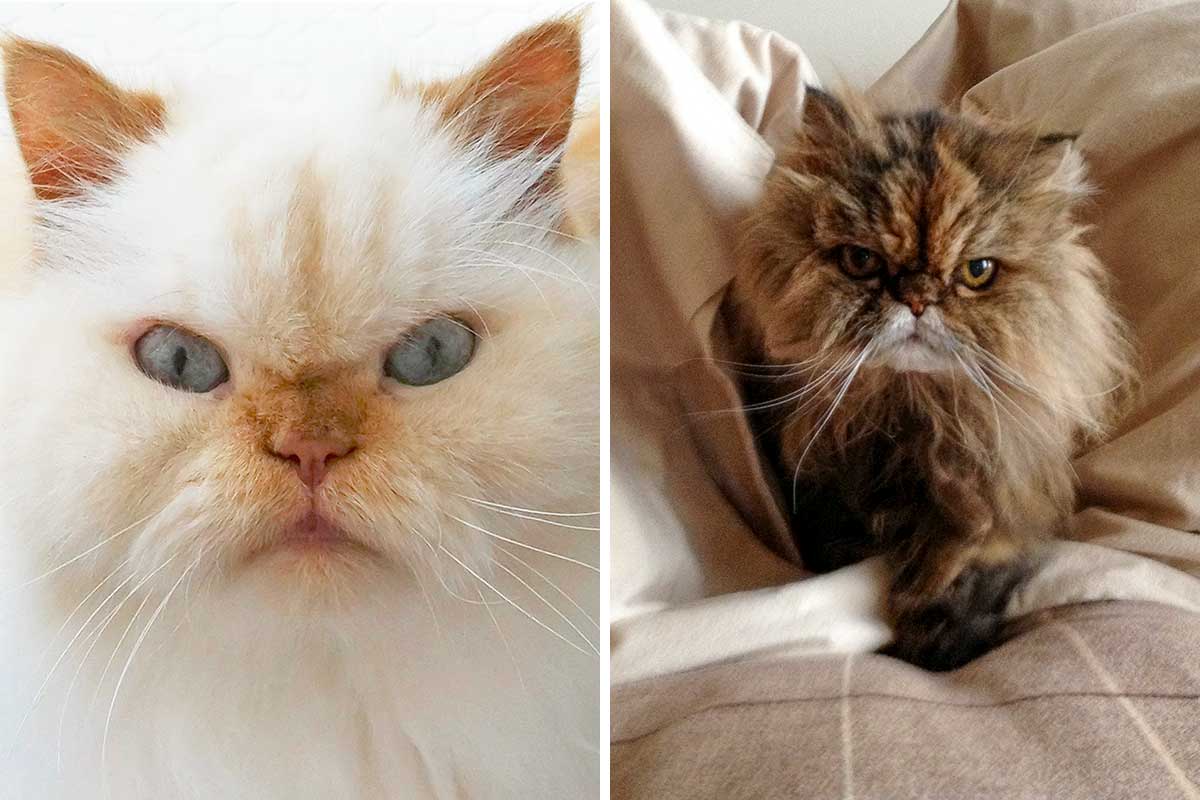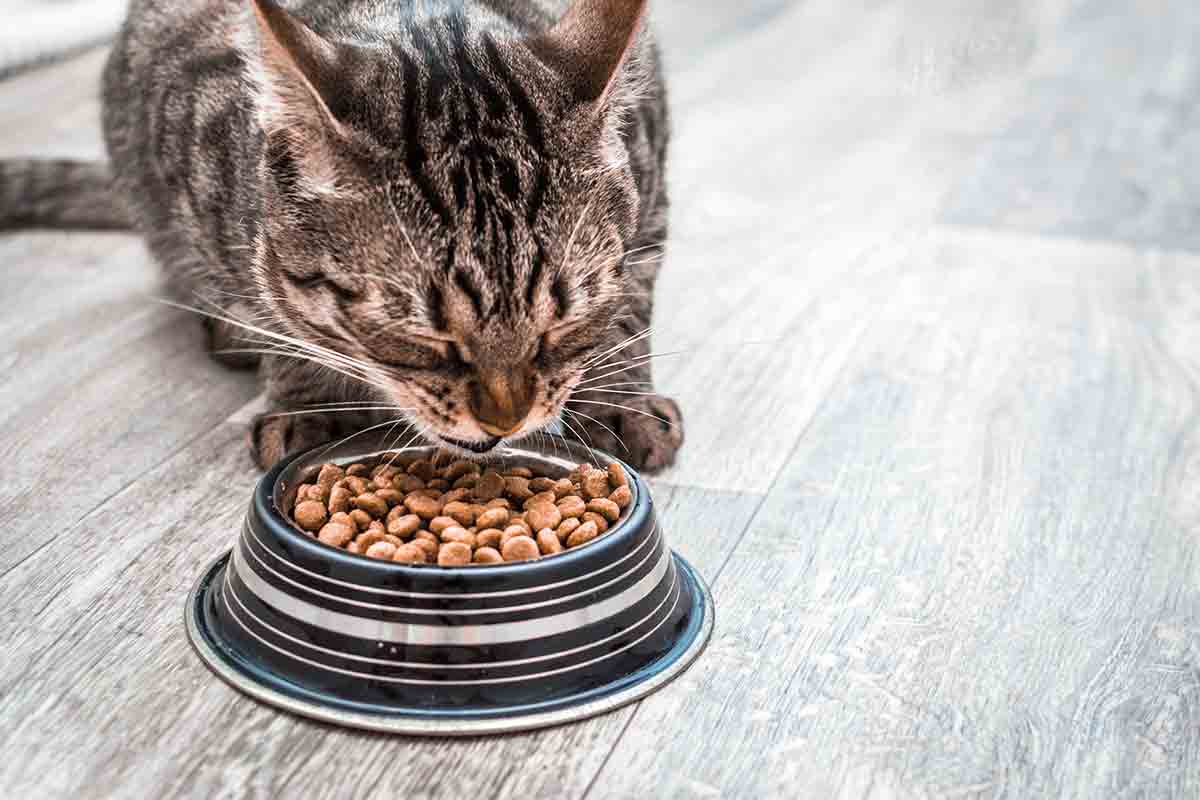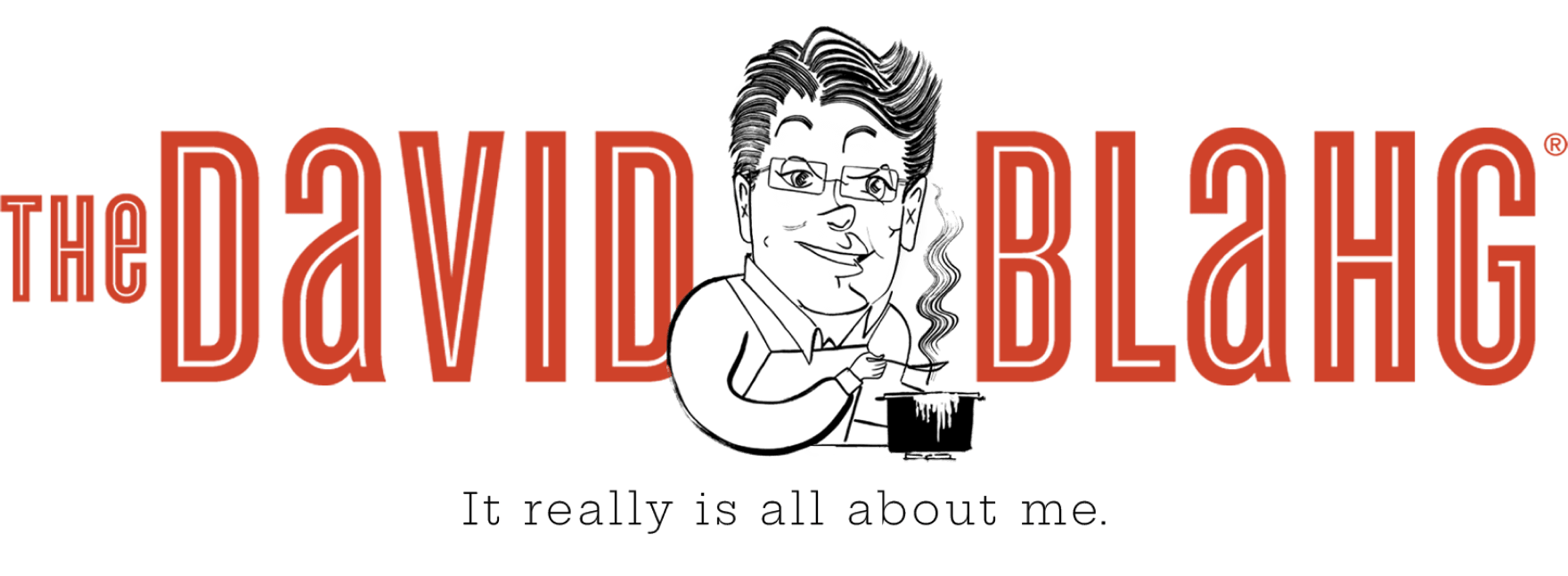
Of course, every ounce of that love has been poured into all the creatures I’ve had the joy to parent–my three turtles; two parakeets; 11 rabbits; two tanks full of fish; my dogs, Duke and Rusty; our cats Ariadne, Madame Maxine, Raja, Chloe (below left and right), and, now, the most magnificent of all, Devil Cat (above).
His name, as most of you know, is Rory. The One has forbidden me to call him by his demonic moniker anymore, as he’s no longer the near-feral, vicious stray who took up residence in our yard in 2007 but rather an amazingly loving, loyal, and dear fur baby.

And, yes, we’re proud to be two fat old gay cat ladies. Fiercely worried gay cat ladies, too. I can’t tell you the number of times we’ve rushed him off to the vet–me doing my very best impersonation of Shirley MacLaine in “Terms of Endearment.”
We’ve been dead certain countless times that he was languishing at the foot of the rainbow bridge because he wasn’t eating, seemed listless, had an egg-size abscess above his left eye, or was making the most alarming, drama-queen-ish yakking sounds as he threw up a microscopically small piece of grass.
Yet for all our neurotic overprotectiveness, we didn’t realize we were actually doing something that was hurting him–and at mealtime, no less. We were causing him whisker stress.
What the hell is whisker stress?
I know, I’d never heard of it, either.
Let’s start with feline anatomy, shall we? At the end of your cat’s whiskers are sensory organs called proprioceptors, which send signals to the brain and nervous system to help your cat understand his position in space. Think of them as pussycat radar. They help your cat interact, hunt, and negotiate his world. To do all this, the whiskers have to be exquisitely sensitive. Excessive stimulation causes irritation of these sensory organs and, in certain cases, can affect your cat’s health.
Before cats were domesticated, they ate and especially drank in flat, open areas. Once they allowed themselves to be worshipped in ancient Egypt and deigned to make us their caregivers, we promptly took them inside and fed them using cute cat bowls with sassy sayings. It’s that enclosed space of a bowl that can cause whisker stress and discomfort.
And since Rory’s a grazer, that means stress countless times a day.

What are the symptoms of whisker stress?
There are lots, but here are the major ones:
- Refusing to eat
- Picking up food from the bowl and eating from their paws
- Biting food and dropping it on the floor to eat
- Acting pissy toward you and other pets during feeding time
- Pacing around or sitting at the bowl and copping an attitude before eating
For a long time, The One and I took the last symptom–sitting in front of the bowl without eating—as copping a ‘tude. But in fact, it was his way of saying, Yo, dipshits! I’m uncomfortable.
How to relieve whisker stress
The great thing is that it’s easy to avoid or eliminate whisker stress: Simply switch to a plate. A pile of wet or dry food on a flat plate is easy for your cat to eat without discomfort.
And when it comes to water, all you need to do is use a wide shallow bowl, such as a soup bowl. The One prefers a Fiesta serving bowl. (I told you we spoil that fur child.) If using a rare antique bowl isn’t your idea of spoiling your pet, Dr. Catsby has a shallow stainless steel bowl designed specifically for your puss’s sensitive puss.
Don’t get me wrong. At times Devil Cat still refuses what we put in front of him. Science Diet, Beyond, Hill’s, raw cat food, as well as his fast-food favorite–Friskies. He even has the nerve to roll his eyes and walk away from plates of gourmet food of freshly ground beef or chicken cooked with homemade stock that I slaved over all day.
If it’s true dogs have owners and cats have staff, call me Mrs. Patmore.













The kitty eye roll is a real thing, and I’m happy to know that I’m not alone in this as my cat approaches her FLAT Ginori salad plate. My Murphy exercises this reaction whether dining on chicken from stock or Aldi emergency stash. Aren’t they wonderful?
Michelle, they are amazing, these cats. And the eye roll? I think I sometimes get the stink eye from Devil Cat.
Guess me being an old cheapskate was a good thing. Have used old restaurant cast off saucers and side plates as cat dishes for years. Fancy bowls that cost money were just too much of a stretch and when the wallet did finally allow it, just seemed a waste. A big flat pan works as a water bowl and keeps spills and drips to a minimum.
Spot the cat would likely just push an expensive bowl off his table anyway. ( He is a white cat with a dark gray spot about silver dollar size on the back of his head) As would the old lady.
Vincent, a good thing indeed. Give my Catty Uncle regards to Spot.
Well, you have certainly explained a number of quirks and attitudes in this four-cat household. Where the heck has this info been?! It should be CATS 101 for crying out loud. Thank you so much, especially from my employers.
Penny, right? Where has this info been? I think because it’s relatively new research–and some vets don’t subscribe to it (glad mine does)–it’s not well known. Keep me posted as to what the employers think!